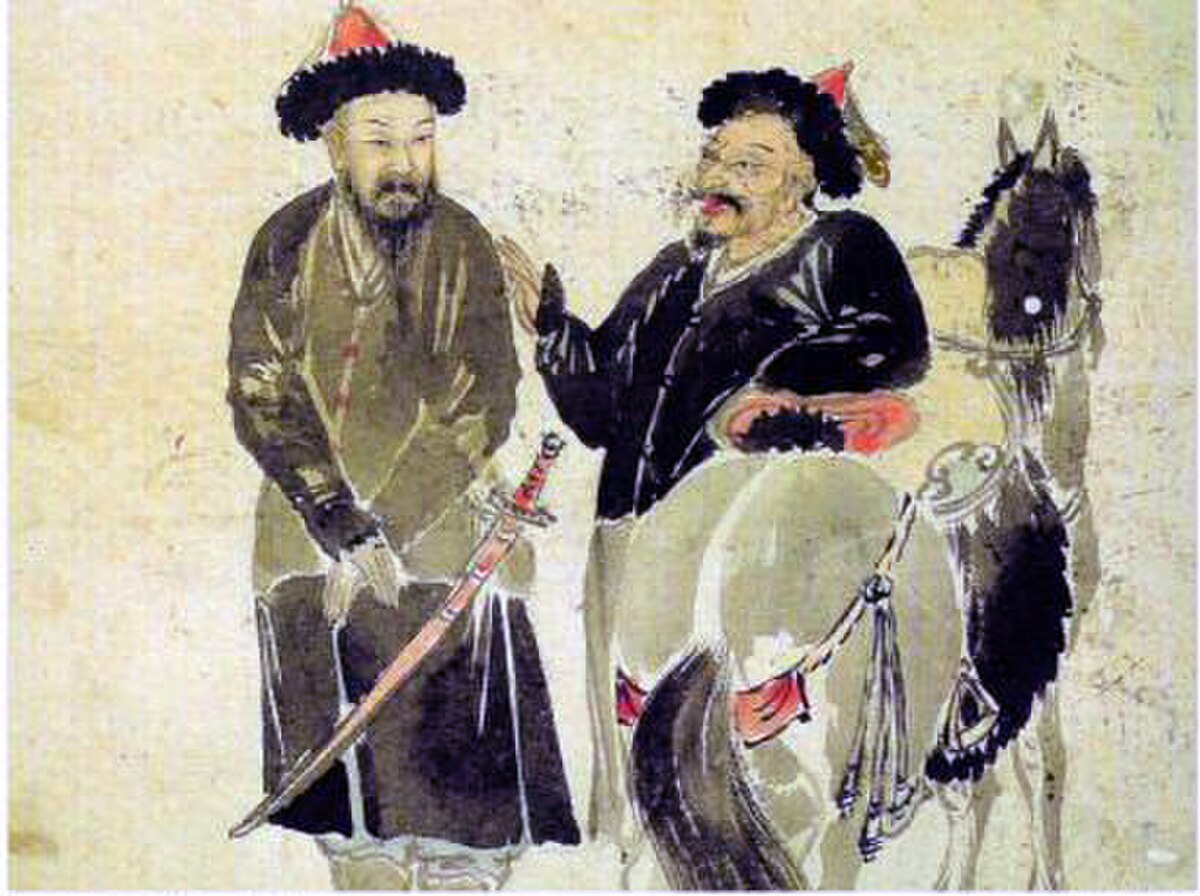
Later Jin Invasion of Joseon
Korean PeninsulaIn the early stages of 1627, the Later Jin, under Prince Amin, launched an invasion of Joseon, which concluded after three months with the Later Jin imposing a tributary relationship over Joseon. Despite this, Joseon continued to engage with the Ming dynasty and showed resistance to the Later Jin. The invasion's backdrop involved Joseon's military support to the Ming against the Later Jin in 1619, and the political upheaval within Joseon where King Gwanghaegun was replaced by Injo in 1623, followed by the failed rebellion of Yi Gwal in 1624. The 'Westerners' faction, taking a strong pro-Ming and anti-Jurchen stance, influenced Injo to cut ties with the Later Jin, while Ming General Mao Wenlong’s military activities against the Jurchens were supported by Joseon.[67]
The Later Jin invasion began with a 30,000 strong force led by Amin, encountering initial resistance but quickly overrunning Joseon defenses and capturing several key locations, including Pyongyang, by late January 1627. King Injo responded by fleeing Seoul and opening negotiations for peace. The subsequent treaty required Joseon to abandon the Ming era name, offer a hostage, and respect mutual territorial sovereignty. However, despite the Jin army's withdrawal to Mukden, Joseon continued to trade with the Ming and did not fully comply with the treaty's terms, leading to complaints from Hong Taiji.[68]
The post-invasion period saw the Later Jin extracting economic concessions from Joseon to alleviate their own hardships. The uneasy relationship between the two was exacerbated when the Manchus demanded a change in diplomatic terms in 1636, which was rejected by Joseon, leading to further conflict. Ming's engagement in the conflict declined after the impeachment of General Yuan Chonghuan, and the execution of Mao Wenlong in 1629 for his unauthorized actions further strained relations, with Yuan justifying the execution as a means to reinforce imperial authority.[69]
Ask Herodotus
HistoryMaps Shop

Heroes of the American Revolution Painting
Explore the rich history of the American Revolution through this captivating painting of the Continental Army. Perfect for history enthusiasts and art collectors, this piece brings to life the bravery and struggles of early American soldiers.








